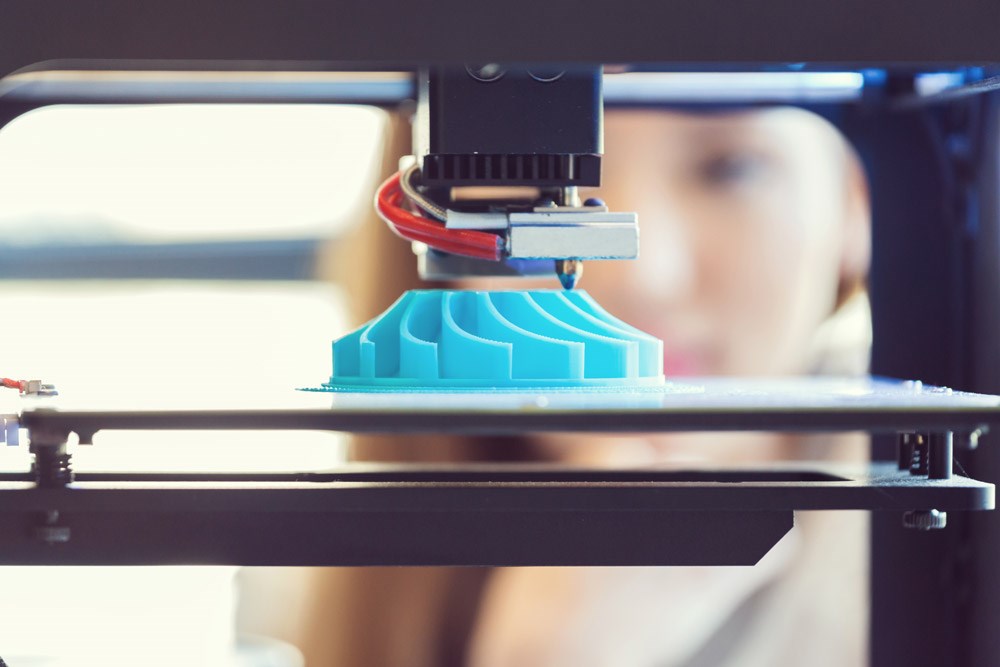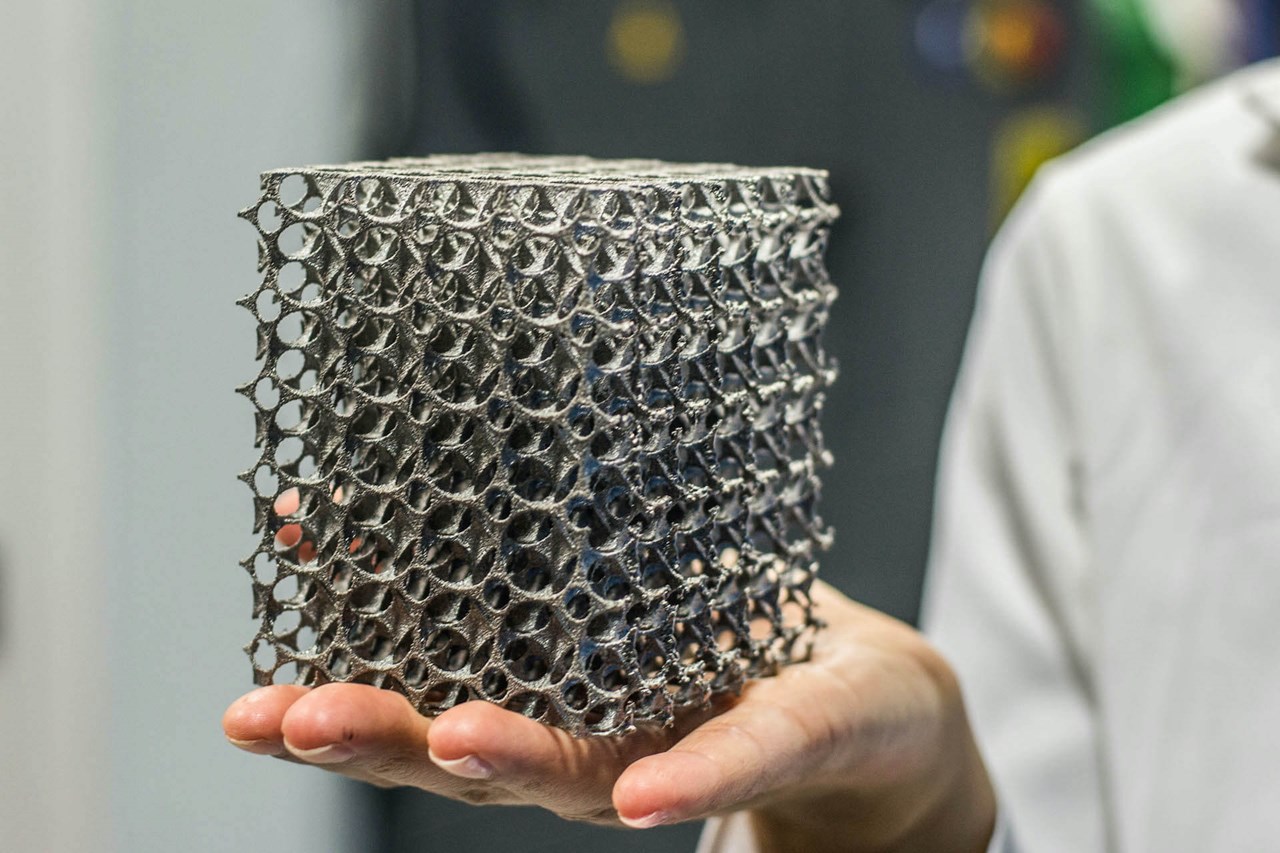In many ways, additive manufacturing is a natural fit for the aviation industry. It provides a way to create complex designs and produce lightweight, yet strong structures. However, in its current state, additive manufacturing faces some key challenges that must be addressed before it's going to be widely adopted in the aviation industry.
In recent years, additive manufacturing has created much buzz in industries across the world promising a flexible and cost-effective alternative to traditional manufacturing. However, the reality is that additive manufacturing in aviation and other industries alike is still in the very early stage of adoption due to various financial and technical challenges of additive manufacturing.
According to a study from USP, additive manufacturing currently represents a mere 0.04 percent of the global manufacturing market. That being said, the adoption of additive manufacturing could move forward rapidly presuming that companies are able to address the current issues associated with 3D-printing parts.
LEARN MORE ABOUT:
Additive manufacturing opportunities in the aviation industry.
3D-printed aircraft parts are taking off – but not without issues
In regards to additive manufacturing in aviation, the 3D-printing technology is looking very promising. And this also seems to be the consensus within the industry, as OEMs, MROs, airlines and airframers ramp up their additive manufacturing efforts these days.
Daily advances in the technology are being made, but the push towards successfully industrializing additive manufacturing in the aviation industry heavily depends on the ability to solve the current issues and challenges of additive manufacturing, specifically problems with consistency, repeatability and high quality.
Airbus is one of the players working on resolving the current challenges with additive manufacturing. The company is already installing AM parts on their aircraft and is now setting the course towards reaping the full benefits of the technology.

"Even though we already have tens of thousands of AM parts – the majority made from polymer and more and more from metal flying on Airbus serial aircraft families – there is still some work to be done to reap the full benefit of high volume applications, which are product-cost and performance-driven," explains Jérôme Rascol, Head of Additive Manufacturing Platform, at Airbus.
Challenges of additive manufacturing in aviation
The international consultancy firm Deloitte has identified five challenges of additive manufacturing that are currently stopping it from heading towards mass adoption, noting that “continuing advances in AM technology and materials science are likely to address these limitations and are expected to drive wider adoption of additive manufacturing in the aviation industry”.
Let’s take a closer look at these five key challenges with additive manufacturing.
Challenge #1: Size limitations
The current inability to manufacture large and odd-sized parts is one of the biggest challenges of additive manufacturing within the aviation industry. According to Deloitte, additive manufacturing especially underperforms, compared to traditional manufacturing, when it comes to the production of certain large aircraft components.
Several AM providers and research institutes are already working on addressing this challenge, among these, UK company BAE systems, who used AM to manufacture a 1.2-meter titanium wingspear in collaboration with Cranfield University.
Challenge #2: Quality consistency
At the moment, additive manufacturing faces certain challenges with quality consistency, especially in producing fully dense metal parts. One expert that Deloitte interviewed noted:
»Currently, the strength in the plane of layers is not uniform. Those are issues to be dealt with. In principle, you can deal with those quite well because you have access to each layer and the entire geometry. You can see every layer being laid down. I see these as temporary hiccups to getting good-quality parts, because, in principle, you can do a 100 percent computerized inspection in a completely automated process.«
Aviation company executives have also raised concerns about the repeatability of the current additive manufacturing systems, noting that the majority of the current metal AM systems only offer an accuracy of about 30-40 microns.
READ MORE ABOUT:
How you should prepare your operations for the supply chain challenges of tomorrow.
This is a very real and specific challenge of additive manufacturing in the aviation industry, because it doesn’t align with aerospace companies’ quality tolerance level of fewer than 10 microns. As a result, certain AM parts currently require additional work after they have been printed which affects the efficiency and basically the whole purpose of additive manufacturing.


Challenge #3: Scalability limitations
Companies that use traditional manufacturing and sourcing methods are at risk of stocking very large inventories to deal with unforeseen events, and doing so ties up a lot of capital.
On the other hand, current additive manufacturing systems may not be able to scale up production in case of sudden increases in demand. As this is a very likely scenario in the aviation industry, the issue of scalability is the third biggest challenge of additive manufacturing in A&D.
However, the issue of scalability is already being addressed today, as numerous additive manufacturing providers are working on improving the production speed of the current systems to support the mass-production needs of the aviation industry.
One way to solve this additive manufacturing issue is to develop additive manufacturing systems that can produce different parts concurrently or where production and unloading can happen simultaneously.
Challenge #4: A narrow range of materials and high material cost
Currently, additive manufacturing technology generally uses a small group of polymers and metal powder to produce aircraft parts for the aviation industry. These are costly materials with much higher price tags than the materials used in traditional manufacturing, lowering the incentives to use additive manufacturing in production.
This issue has to be solved with advances in materials science, expanding the selection of materials and thus bringing their costs down.
Challenge #5: Limited multi-material capabilities
The fifth and final challenge of additive manufacturing is its inability to produce parts in multiple materials. There is no doubt about it – mass adoption of additive manufacturing will require systems that can print with multiple materials simultaneously to be able to truly florish, and this is only the case for very few AM systems today.
Increasing additive manufacturings systems' ability to operate and produce parts with multiple materials, will take the flexibility of AM to a new level, allowing designers to manufacture parts using different materials with varying properties and thus increasing the competitiveness and use-cases of the technology.
EXECUTIVE PERSPECTIVE:
Fostering technological innovation in organisations.